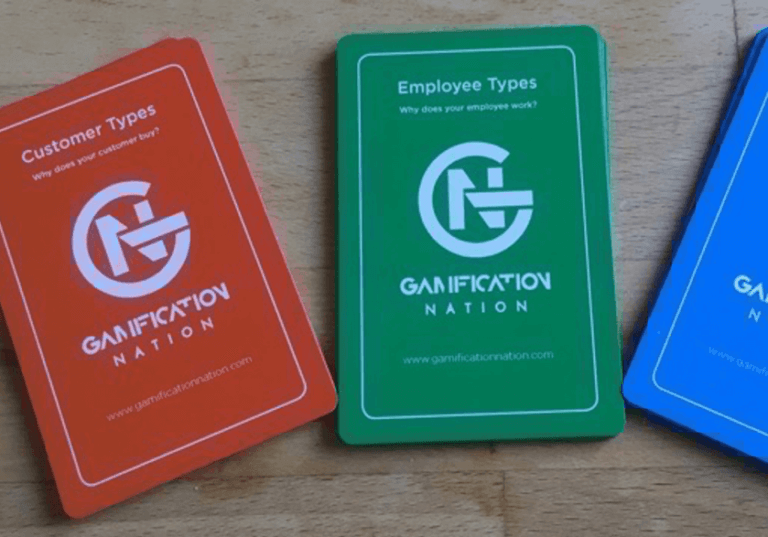In a world where you need a password or pin code for everything platforms can really make life ridiculously hard and prevent people from even finding your great content. I recently subscribed to a number of courses from a number of different thought leaders. As it turns out they happen to use the same platform to deliver their courses from.
Failure to login
Unfortunately thanks to the ridiculous platform login, none of them have a distinctive personalised login URL, so there is absolutely no way for the end-user to log in to the relevant course without having to request new password several times on each potential version of the platform.
After 4 unsuccessful tries, I went on and logged into to my audible account and listened to a book instead. I was keen to listen to the materials I had bought, but first thing in the morning password soup is not a great starter for a productive mood.

I guess it is user experience 101 for platforms. If you have multiple people selling individual programs from your platform, you need more than my platform.com as the login URL. When I asked support for the platform to help, they referred me back to support for each and every course provider.
We give a lot of advice to buyers of platforms and occasionally also to platform providers, so here is another thing to add to our list namely to make sure you have a unique login URL from your platform providers so that your end-users have an easy user experience logging on.
In a corporate setting, platforms tend to be all set up with a single sign-on, to make it easy for employees to log in once to their computer and then to automatically have access to everything they need and have authority to use. In a small business, single sign-on is not always a given due to IT probably not being in-house.
For the platforms where the creators of courses are likely to sell to an end-user also known as B2C models, it is a must have to have unique URL for all your course creators. Unless of course you would think even further outside of the box and create a way for the end-user to merge courses on your platform, where they sign-up once even with different providers and access everything they have bought with one login.
With gamification often delivered through the use of platforms, we have to pay special attention to the user experience. Most of the time the gamification platform is integrated on existing platforms through API’s and no additional login is required to view your achievements and progress.
Login failure is the cause for many people to desert your platform and well-intentioned and possibly great content or tools. It is like showing up for work and not being able to get in the front door.
Failure to onboard
Another frequent missing part of user experience is that the design, first of all, isn’t user-friendly enough nor intuitive for users to naturally find their way around. Or it may just require a little bit of instruction to get people going and working on things.
I recently started playing a game and although I reached level 6 in the game by randomly clicking around, I am still not sure how it really works. A quick walk through or some strategically placed help buttons can alleviate this hurdle.
When it comes to learning design, learning management and gamification platforms, a lot of them require a bit of knowledge for you to be able to create a meaningful experience. On one learning design tool, we are 6 months using it and still trying to figure out in an easy way to style our work they way we want to. Having too many choices is not necessarily a good thing.
On a learning management application I was uploading some materials for a client and when I checked the release my content never showed. I couldn’t figure out why, so I had to spend useless time with support to get it fixed, whereas on-boarding would have made this something I didn’t need support for.
On a gamification platform, the choices and menus are often named slightly different from one provider to the next. Having more choices again doesn’t mean that it is actually better. Some of the best I have worked with provided simple choices and configuration menus, it makes it easier for me as the gamification designer, but also for the in-company admin or editor if they need to make changes.
Observation is key to success
I reckon a lot of these user experience issues occur due to lack of user testing or observation of the users trying to work with your system. At the end of the day, it is the end-user who will give most feedback and if in a company a vast majority complains, eventually the systems will come up for reconsideration. In a business to business sales model, you may receive feedback only from the administrators, so it is your responsibility to include end-users of all abilities and lack thereof to use the system you provide.
In business to consumer model, your buyers will quite quickly do the telling with their lack of use. Telling them to submit their improvements to an idea bank for your development roadmap is rarely satisfactory. Observing them while you are building the platform and going back to people for user testing is critical in my view to get to the right balance.
The best way to test if people find your platform intuitively easy to use is to observe novice users in their journey to get started. If you need to explain, you are missing a trick. If you need to build a course to have them understand what to do then again you need to re-think what you have built and simplify.
https://gamificationnation.com/why-understanding-the-process-is-key-for-gamification-design/




